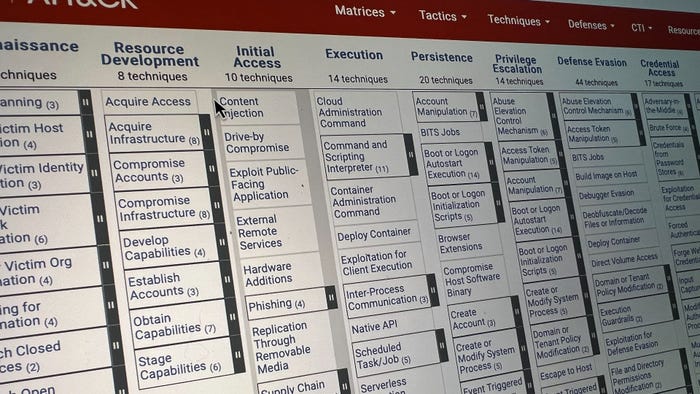Safety In NumbersSafety In Numbers
There's a great movie I hope they still show in math and science classes called something like "Powers of 10." It begins with a shot of an earthbound human, then zooms out 100 feet, then 10,000 feet, racking up the exponents til we're out in <a href="http://www.le.ac.uk/ph/faulkes/web/images/galaxies.jpg">Carl Sagan country</a>. It then reverses itself into the subatomic realm. It blew my 10-year old mind, such that when the discussion turns to <a href="http://www.jamesshuggins.com/h/tek1/how_bi

There's a great movie I hope they still show in math and science classes called something like "Powers of 10." It begins with a shot of an earthbound human, then zooms out 100 feet, then 10,000 feet, racking up the exponents til we're out in Carl Sagan country. It then reverses itself into the subatomic realm. It blew my 10-year old mind, such that when the discussion turns to how much an exabyte is, I go right back there.Strip away the wonderment for a nanosecond (don't ask how long that is), and what you end up with is job security, at least according to this valentine from EMC issued yesterday.
In it, the vendor claims that the rate of information growth is "exploding," with a sixfold increase in data volume expected between 2006 and 2010, as we go from 161 exabytes a few years ago to more than 988 exabytes in 2010. From an IDC study, EMC then goes on to extrapolate that 1 million storage professionals will be needed by 2012.
So much for the power of automation.
There are some other interesting data points from the IDC study (which EMC underwrote, and which you'll probably see borrowed from liberally at SNW and other upcoming confabs):
That 161 billion (161, followed by 18 zeroes) gigabytes created, captured, and replicated in 2006 represents about 3 million times the information in all the books ever written.
Data center pros can expect their domain to begin embracing voice over IP (VOIP), supervisory control and data acquisition (SCADA), and RFID technologies.
Sometime last year, the amount of information created also surpassed the available storage capacity for first time.
EMC also used Valentine's Day to tout the growth of its academic alliance program, now counting more than 170 schools around the world, which will presumably help educate and train the legions of storage professionals that will be needed to shove all these bytes around. These sorts of higher education programs are great, if only to sensitize IT workers or MBA candidates, for example, to the subtleties and options available out there.
Jared Beard, associate director of information technology labs at Indiana University's Kelley School of Business, says he teaches his MBA students about the ins and outs of virtualization. "I teach VMware in my classes because my students need to know it," he says.
It's the sort of thinking that will be required in the age of exabytes -- and presumably the yottabytes and zettabytes that will inevitably follow to make disks (and my head) spin even faster.
Read more about:
2008About the Author
You May Also Like
Uncovering Threats to Your Mainframe & How to Keep Host Access Secure
Feb 13, 2025Securing the Remote Workforce
Feb 20, 2025Emerging Technologies and Their Impact on CISO Strategies
Feb 25, 2025How CISOs Navigate the Regulatory and Compliance Maze
Feb 26, 2025Where Does Outsourcing Make Sense for Your Organization?
Feb 27, 2025




